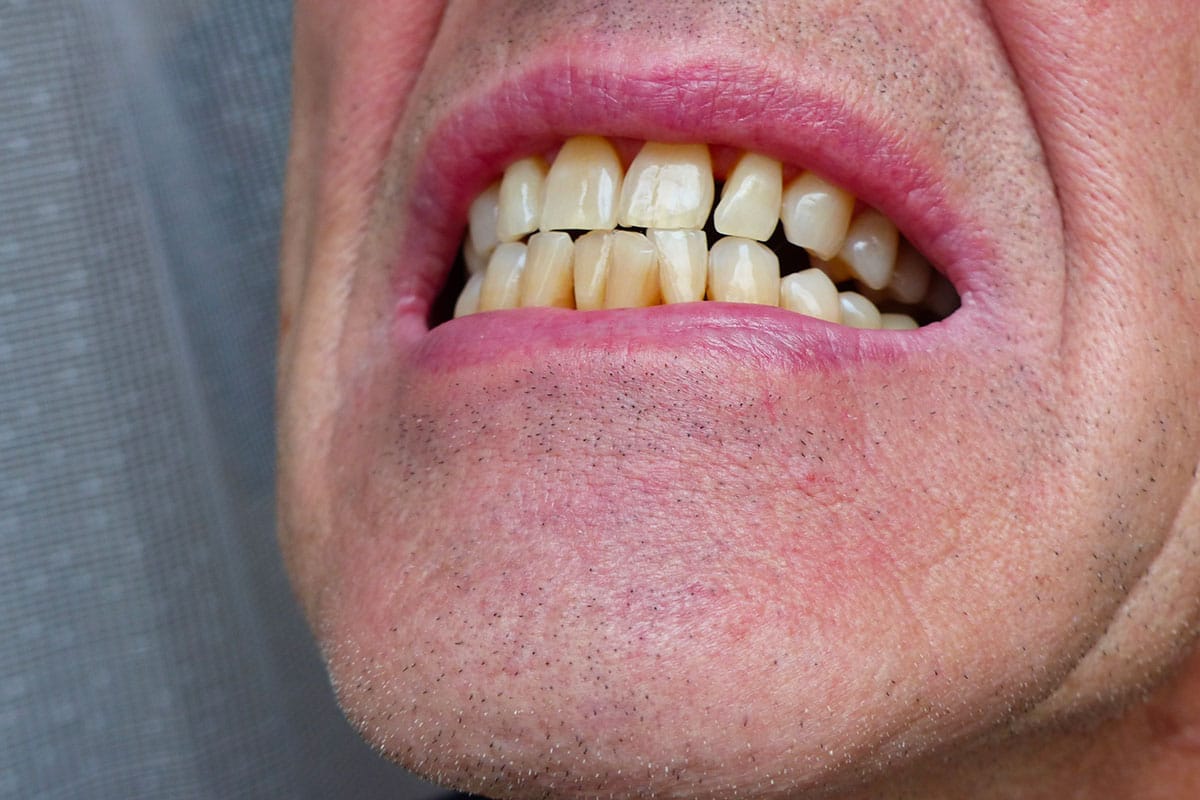Alzheimer’s, a tough condition affecting millions around the globe, has mostly been seen as a degenerative brain disorder. But, new research is hinting at a surprising twist—a possible link to an oral bacterium. This fresh angle might even help shape better ways to prevent and treat the disease.
Alzheimer’s disease: an infectious twist
The discovery of Porphyromonas gingivalis (a bacterium well-known for causing chronic gum disease) in the brains of Alzheimer’s patients is really turning heads. This finding comes from work led by Jan Potempa, a microbiologist at the University of Louisville, who tracked the bacterium in the brains of people who had Alzheimer’s. These results suggest that Alzheimer’s might not just be about brain cells wearing out; it could also have an infectious side.
A key study from 2019 published in Science Advances pointed to our mouths as a possible source of the infection. (Think of it as a wake-up call to pay extra attention to dental care!) This new idea turns conventional wisdom on its head and opens the door to innovative prevention methods that include keeping our teeth and gums in top shape.
The Health of 1 Billion Teenagers Is in Danger—Here Are the Main Reasons Why
Experimental evidence and research updates
Studies in mice have cast more light on this theory. Mice that were given P. gingivalis by mouth ended up with the bacteria in their brains, along with a notable spike in beta-amyloid protein production—a well-known marker seen in Alzheimer’s. These experiments were led by Cortexyme, a company co-founded by Stephen Dominy, which is busy digging into whether this bacterium actually kicks off the Alzheimer’s process.
Researchers have also found toxic enzymes called “gingipains” in the brains of Alzheimer’s patients. (These “gingipains” are linked with tau protein and ubiquitin markers, both of which play a role in Alzheimer’s progression.) Interestingly, gingipains also showed up in people who never got an Alzheimer’s diagnosis, hinting that they might have developed the disease if they had lived longer.
What this might mean for treatment and prevention
The link between gum disease and Alzheimer’s definitely raises some big questions about which comes first: bad dental health or Alzheimer’s. Finding P. gingivalis in middle-aged individuals gives us a hint that this infection might trigger later brain changes.
In light of these discoveries, Cortexyme has put together a compound called COR388, which in mouse studies has been able to lower the bacteria levels and reduce beta-amyloid production, while also dialing down brain inflammation. (Keep in mind, these results are still early and have only been seen in animal models.)
The scientific community’s take
While scientists are not over the moon yet, there’s a fair amount of cautious optimism about these findings. David Reynolds from Alzheimer’s Research UK mentioned the need to look into every possible approach, especially since we haven’t had new treatments pop up in the past fifteen years. This viewpoint stresses the importance of digging deeper into any links between infections and Alzheimer’s.
Looking ahead, researchers may well start to recommend routine dental care as a way to help fend off Alzheimer’s, highlighting the role that great oral hygiene might play in keeping our brains healthy.
As this research continues, there’s plenty of hope that it could lead to new ways to tackle Alzheimer’s—a condition that has long been a tough nut to crack for medical experts. With more studies and fresh ideas, we might soon be on the verge of game-changing developments for one of the most challenging diseases affecting our aging communities today.








